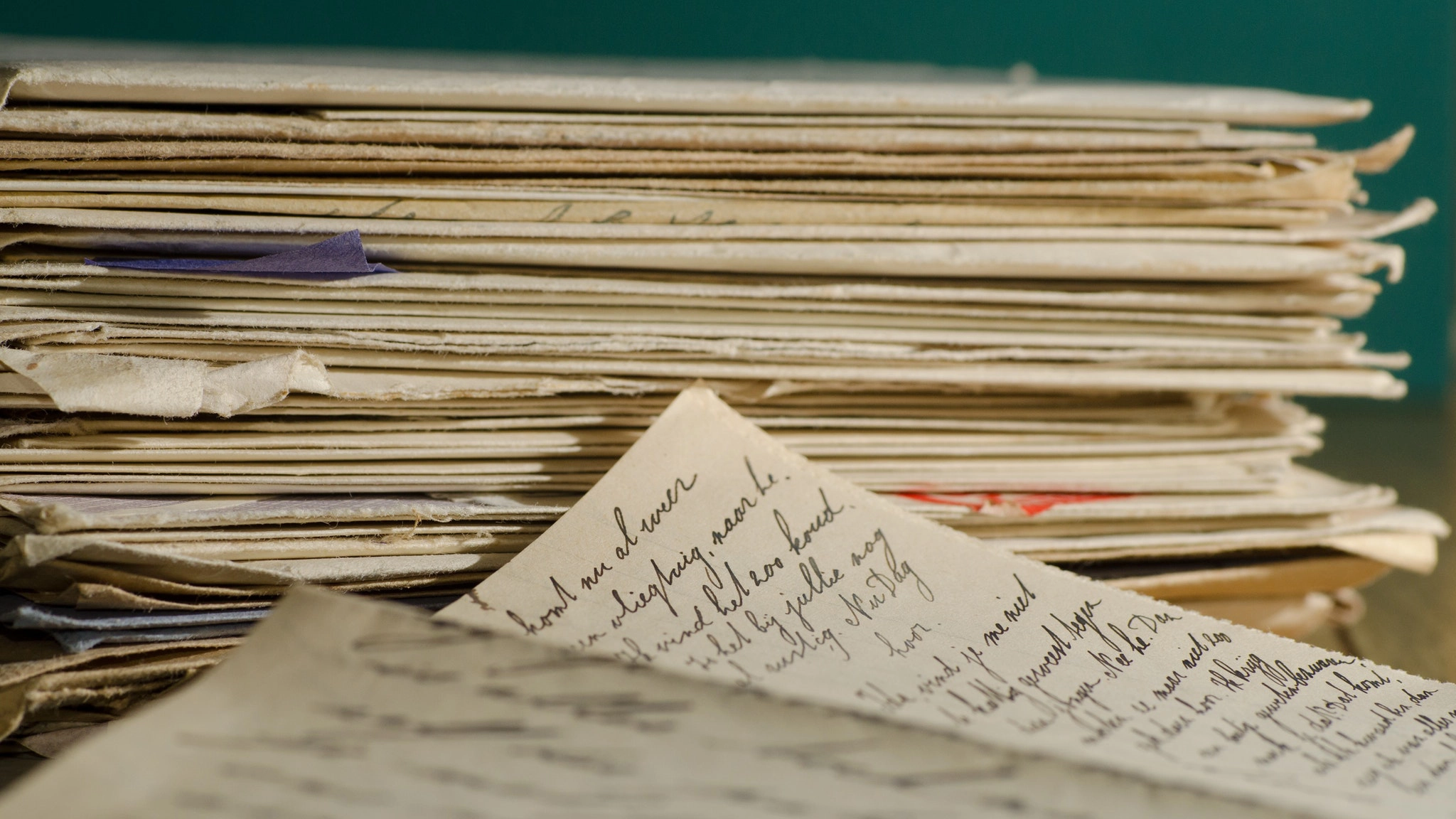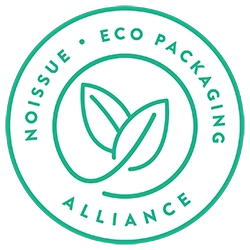The environmental impact of paper

Non-flavored straws maker discusses the environmental impact of paper
Have you ever stopped to consider the environmental impact of paper? After all, paper is a biodegradable product made from natural ingredients, right? Sadly, the environmental impact of paper is severe, yet not something many people stop to think about. There’s a Wikipedia page dedicated to the “Environmental impact of paper”. That should give you an idea of how serious the problem is.
Flewid Friendly sells non-flavored straws made with rice and cassava flour, and our product is superior both in terms of quality and ecological footprint to alternatives such as paper straws. Today, we want to discuss that – but instead of talking about just straws, we want to look at the bigger picture.
Paper isn’t really all that eco-friendly
The Wikipedia article on the subject starts out ominously: “The environmental impact of paper is significant, which has led to changes in industry and behaviour at both business and personal levels. With the use of modern technology such as the printing press and the highly mechanized harvesting of wood, disposable paper became a relatively cheap commodity, which led to a high level of consumption and waste.”
Does that mean it gets better? No, it doesn’t. We’ll just say it – paper has a pretty negative impact on the environment. Here’s how.
The first point is the fact that large tracts of forest are cleared to get hold of wood for paper. This large-scale deforestation creates masses of problems, including climate change, species extinction, loss of habitat, and desertification.
Next, the production process. During the wood pulping process, strong chemicals are used to bleach the wood. This leads to pollution. Add to that the greenhouse gases released during the production process, and the result is acid rain, smog, polluted rivers, polluted air, and threats to human health.
Yet another negative point about paper is the fact that its recyclability is limited. It can’t be recycled more than five times, or the fibers holding the paper together start to break down. Reinforcing recycled paper increases its environmental footprint, and therefore is not an eco-friendly solution.
Now we come to the last problem, which is the waste. The USA has 5% of the world’s population, but it uses as much as 30% of the world’s paper. This means there’s mounds and mounds of paper waste being created daily. It is recyclable and biodegradable, but the toxic inks and dyes in it can cause problems.
So, this was why using more paper than you need to is bad for the environment. However, now you’re probably wondering why eco-friendly companies proudly state the fact that they use paper packaging. Flewid Friendly is in fact one of them – our non-flavored straws come in a paper box, and we’re proud of that fact. This is because while paper has some negative effects on the environment, it is loads better than plastic, which is a much-preferred material for packaging.
How is paper better than plastic?
Well, first of all, while paper’s recyclability is limited, many types of plastic aren’t recyclable at all. Black plastic, flimsy sheet plastic, and various other types simply cannot be recycled. The plastic that can be recycled uses up a lot more resources, and the fickle demand-supply curve means counties can’t always recycle.
Compared to that, the recycling state for paper are pretty cheering. As much as 68% of paper and cardboard waste is being recycled in the USA.
A lot of paper still ends up in the landfill, and while there is a lot of it, the good news is that as long as it isn’t plastic-covered, it’ll decompose quickly enough. In fact, paper and cardboard are kind of necessary in the compost-making process! Plastic, on the other hand, is forever. It’ll sit there – in our landfills, at the bottom of our oceans, floating on the ocean surface, or on our once-beautiful beaches – for centuries to come.
So, while it may be a better idea to use our non-flavored straws, if you have paper straws at home, you don’t need to feel too guilty about using them. They’re definitely a big, big step above plastic straws!
So should I stop using paper?
You can probably find greener alternatives to most paper products, but do you really need to? The answer’s not a yes/no deal. While we suggest that you stop using paper where possible (without switching to a more harmful alternative), you don’t have to stop using it altogether.
We would suggest curbing your use of paper if you use large amounts of it for a single purpose, or if you use it for something where it isn’t really required. For instance, if you’re a bachelor living the easy life and throwing out paper plates on the daily, you should seriously consider getting proper plates. Food-stained paper can’t be recycled, and the plates you throw out are probably lined with plastic to make them non-absorbent.
However, if you like an old-fashioned diary or use paper straws when you’re outside, that’s okay. Do you see the difference? We aren’t at the stage yet where we need to eliminate paper from our lives so you don’t need to bother with the little things, but watch out for places where you’re using large quantities of paper.
Here are some tips for reducing your use of paper
Here are some ways in which you can significantly cut down your use of paper. This’ll save you money, space, and you’ll feel better knowing you’re creating less waste. And of course, how can we forget – fewer papercuts!
1.Go digital at your office
If you’re an office owner, you can save a lot of paper by going digital. The process will take a few days, but once you’ve done it your communications will be more seamless and quick, documents will be more organized, easier to find, easier to store, and you’ll suddenly have a lot of free space in the office! You can use this newly freed-up space to experiment with décor ideas, or just have a little extra room in the office.
2.Get a bidet
America leads the world in TP consumption. The average American uses over 140 rolls of toilet paper every year! This is twice as much as the average French or Italian person consumes, and we seriously need to change our habits. The best solution is to go cold turkey and install a bidet. Your water bill will go up a tiny bit, but you will save more than enough in TP to make up for it.
3.Use rags instead of paper towels
You’ll find paper towels in most kitchens, and they sure do come in handy. However, you can repurpose your torn, old clothes into rags that’ll do the job just as well, without creating any waste. When they’re dirty, you just toss them in the washing machine, and hang ‘em up to dry – and voila, they’re ready to be used again! Rags can be reused for years, in which time you’ll save a lot of money.
4.Read the newspaper online
This is for our old-fashioned readers. Most newspapers can be read online, and you’ll accumulate a lot less trash if you do that. Newspapers are bulky, and quickly add up. Plus, it’ll save a lot of trees from being cut down. Just printing a Sunday edition of the New York Times requires 75,000 trees! Our demand is fast outstripping the supply of natural resources we have, and we really need trees if we want our future to be anywhere close to pleasant.
5.Buy products that use little or no packaging
Packaging makes up as much as a third of our waste production – and while a big chunk of this may be plastic, paper also accounts for a large portion of it. Brands use a lot of secondary packaging in their products, which serves no real purpose. If you’re shopping for a product which should be small but comes in a large box, watch out – that box probably has a thick paper insert.
In addition to following these tips, you can further reduce your waste creation by reusing used paper. You can use it as a makeshift colander, shred it and use it as pet bedding, make paper logs, and use it to line your drawers and bins.
Buy our non-flavored straws and make a change for the better!
Flewid Friendly sells fully edible, biodegradable straws that are an eco-friendly alternative to plastic straws. They don’t feel thin or flimsy like paper and they don’t collapse in on themselves or get soggy, and they decompose fully in under a month, so you can bin them without worrying about them harming our marine animals. It’s the best of both worlds, really!
Our non-flavored straws are great for both hot and cold drinks, including milkshakes, juices, iced tea, coffee, lemonade, cocktails, and more. You can pack them into your children’s lunch boxes, and carry them with you in your purse. So if you decide to stop by at a Starbucks, you can enjoy your drink without using a plastic straw, while also not having to worry about carrying a sopping wet straw back home. Unlike metal and glass straws, you can just throw them away after using, if you prefer.

